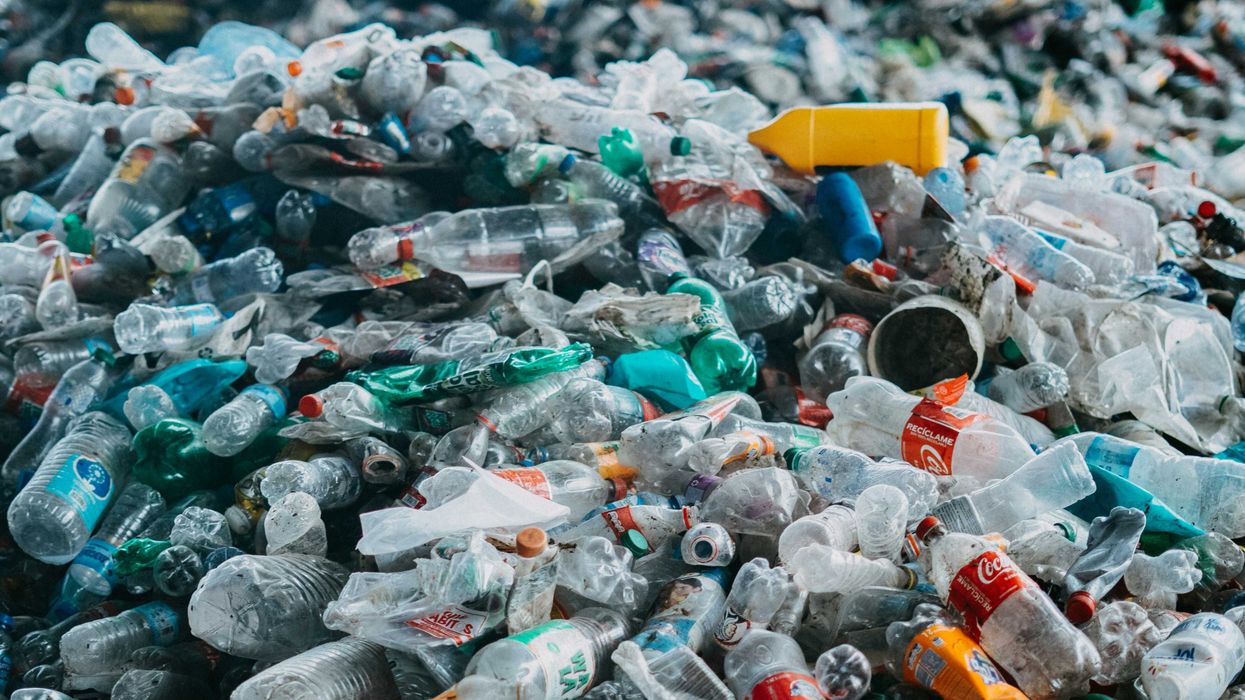The rapid expansion of AI technology could drive electronic waste from data centers to 5 million tons annually by 2030, according to a new study.
Fred Schwaller reports for Deutsche Welle.
In short:
- Researchers predict a thousand-fold increase in e-waste from AI data centers, estimating 1.2-5 million metric tons of discarded hardware annually by 2030.
- Strategies to extend hardware use and improve recycling could reduce this waste by up to 86%, but global cooperation is needed.
- E-waste from generative AI, like language models, could grow sharply as AI’s hardware demands rise with innovation and market growth.
Key quote:
“It’s far easier and more cost-effective to address the e-waste challenges posed by AI now, before they escalate beyond control.”
— Asaf Tzachor, sustainable development expert, Reichman University
Why this matters:
Without intervention, e-waste from AI could add significant environmental strain, with toxic materials like lead and mercury posing health risks globally. By promoting circular economy practices, industries can reduce this waste stream, protecting ecosystems and human health.














